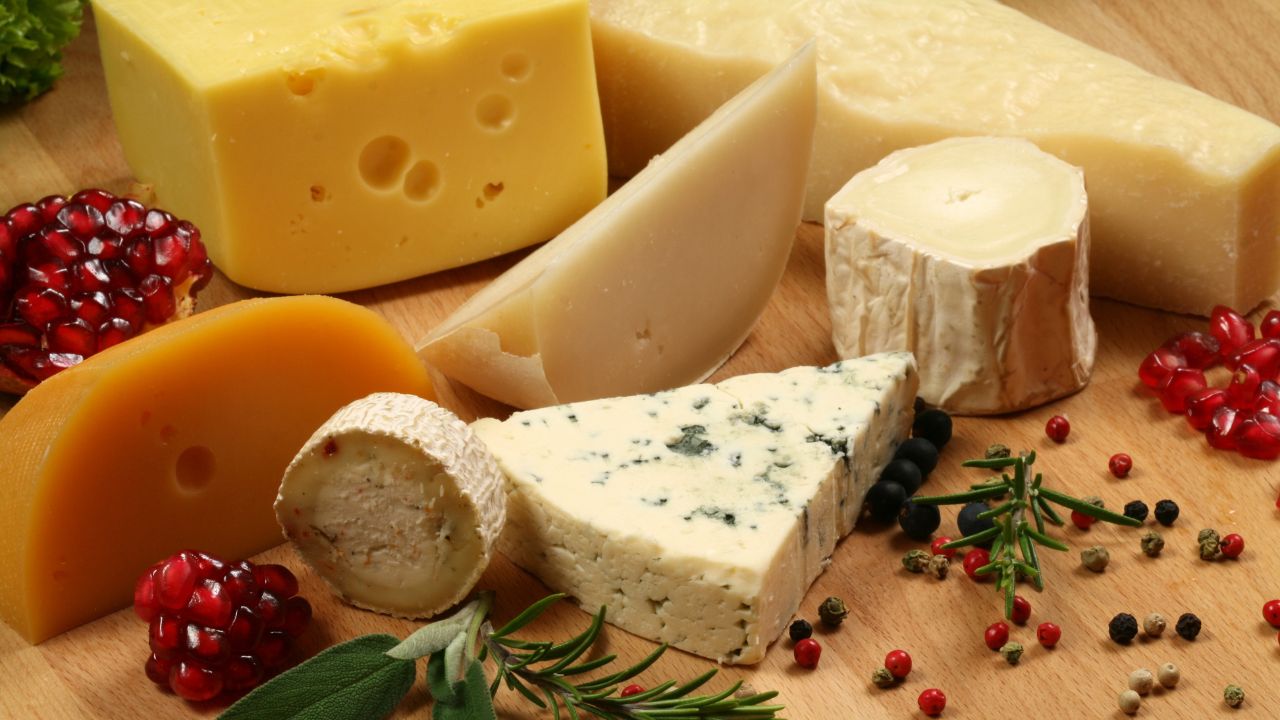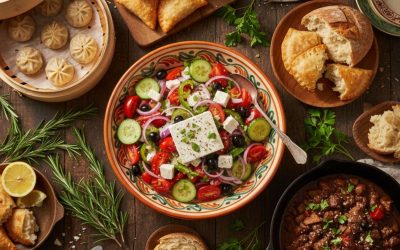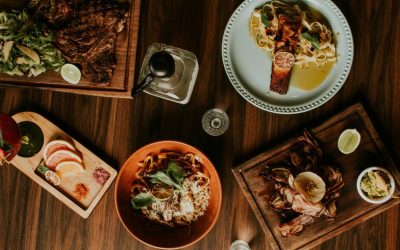Not all cheeses are created equal. Some go far beyond the ordinary with rare ingredients, unexpected milk sources, and old-school techniques that turn each bite into something truly special. These luxurious cheeses stand out thanks to their limited production, bold flavors, and the craftsmanship behind them.
Highlights of Luxurious Cheeses
- Pule & Moose Milk Rarities: Cheeses made from donkey or moose milk are incredibly rare, highly exclusive, and offer flavors you won’t find in traditional dairy.
- True Craftsmanship: From hand-milking to centuries-old techniques like cave aging and natural rind washing, every step is done with care and precision.
- One-of-a-Kind Taste: These cheeses feature unexpected ingredients like gold flakes or regional brandies and mature slowly to create bold, layered profiles.
- Visual Appeal: Many luxurious cheeses are as beautiful as they are flavorful, with unique shapes, vibrant rinds, and elegant presentation.
- Limited Production: Often made in small batches by expert cheesemakers, these varieties are hard to find and even harder to forget.
Most Luxurious Cheeses (and What Makes Them So Special)
Pule Cheese
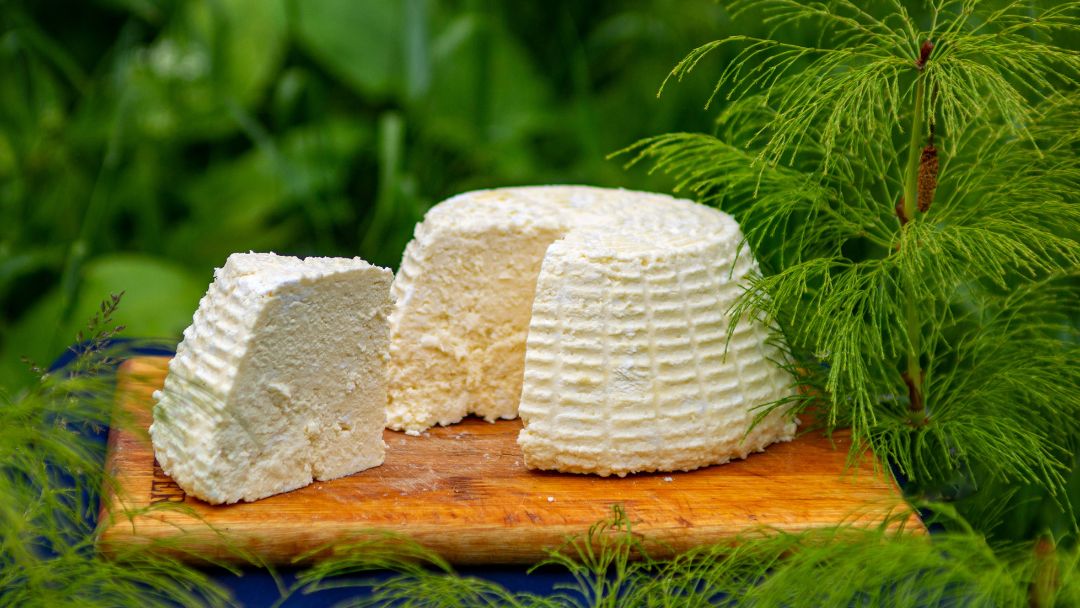
Pule cheese easily ranks among the most expensive cheeses on the planet—and for good reason. It’s made from the milk of Balkan donkeys, which produce only a small amount of milk each day. That makes every single kilogram a serious labor of love. This crumbly yet soft cheese has a rich, smoky flavor that cheese lovers can’t get enough of. Between the rarity of the milk and the hands-on production process, it’s no wonder this one is in such high demand. Expect to pay around $1,300 per kilogram (about $590 per pound).
White Stilton Gold
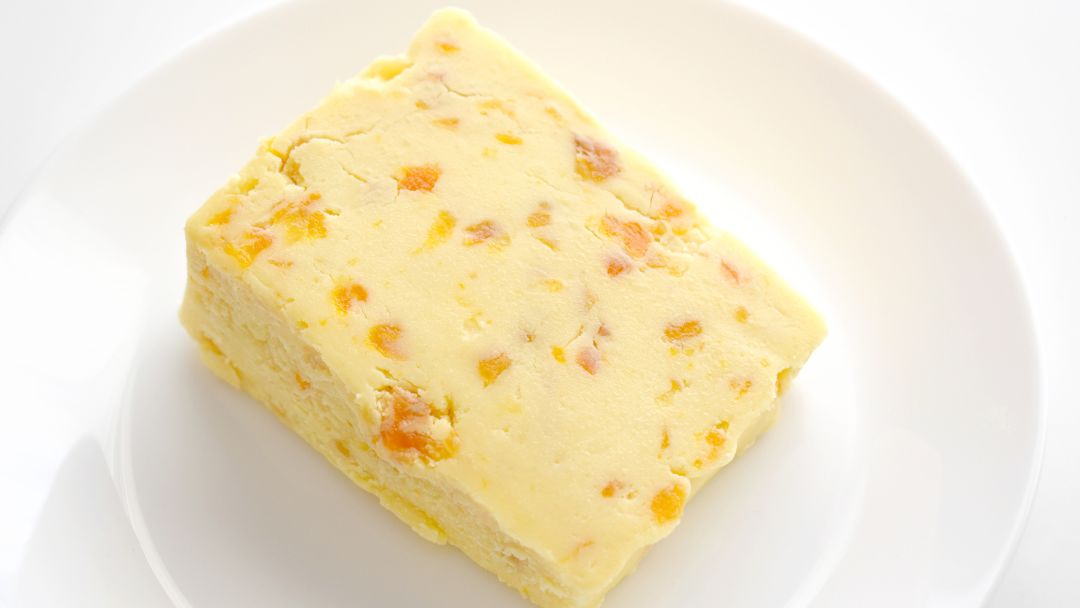
This one takes a classic English cheese and gives it the royal treatment. White Stilton Gold is infused with edible gold flakes, instantly making it a showstopper on any cheese board. But it’s not just pretty to look at—it’s also incredibly tasty, often blended with subtle notes of lemon or ginger. Creamy in texture and rich in flavor, it’s a standout for those who like a little sparkle with their snacks. It typically sells for around $400–$450 per kilogram (roughly $180–$205 per pound).
Époisses de Bourgogne
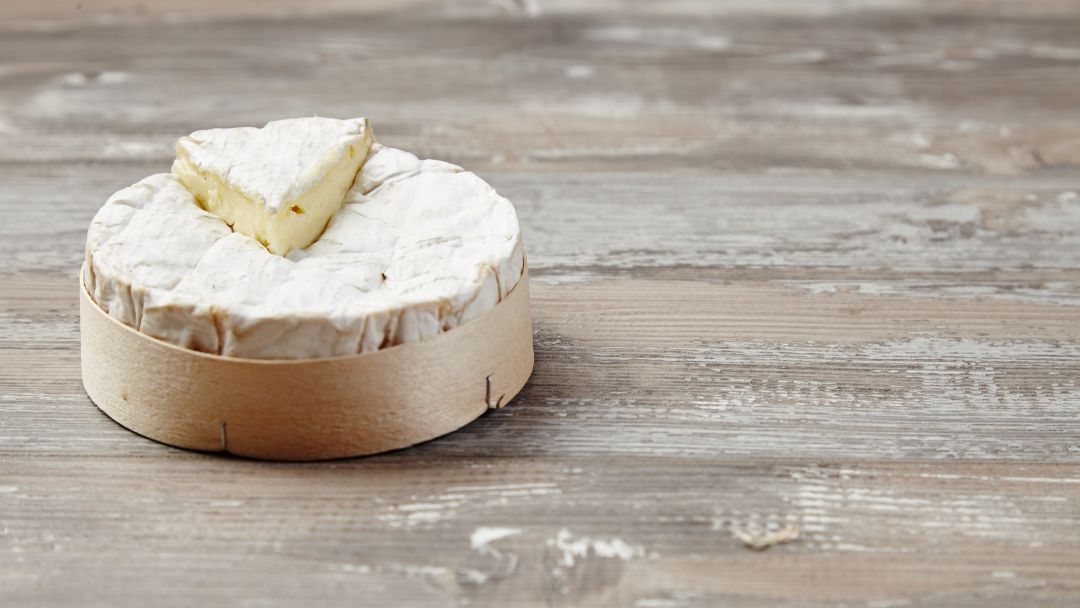
Say hello to one of France’s boldest cheeses. Époisses de Bourgogne is washed in Marc de Bourgogne, a strong local brandy made from grape pressings. This wash gives the cheese a bright orange rind and a seriously pungent aroma—but don’t let the smell fool you. The flavor is smooth, complex, and surprisingly refined. It’s a perfect example of how traditional techniques and patience come together to create something unforgettable. Price-wise, it comes in at around $45–$60 per kilogram (or about $20–$27 per pound).
Caciocavallo Podolico
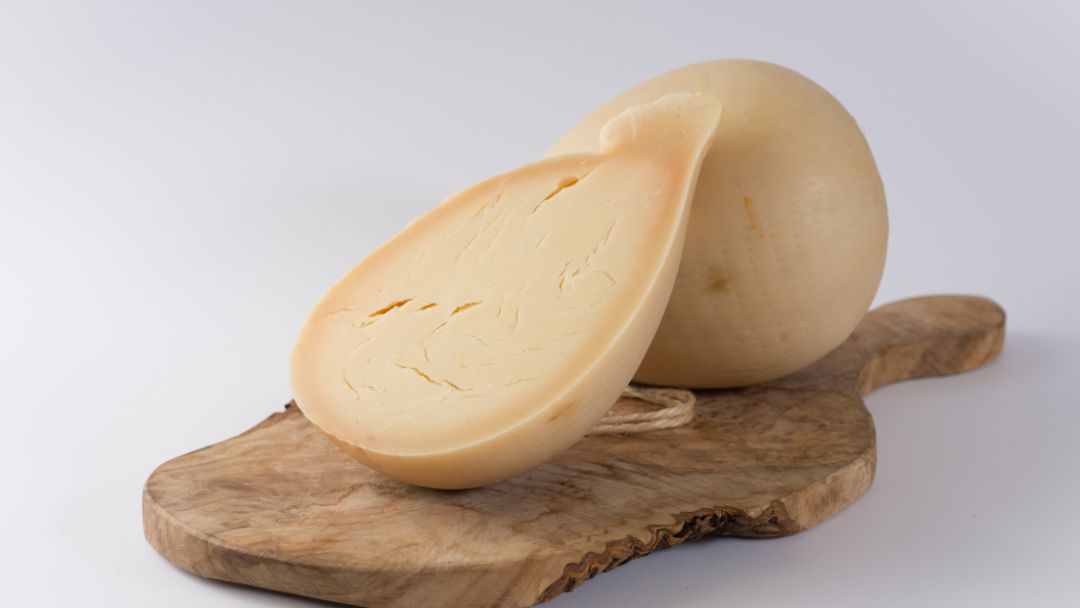
From the mountains of southern Italy comes Caciocavallo Podolico, made from the milk of rare Podolica cows. These animals graze freely, and their milk gives the cheese a rich, nutty taste with just a touch of sweetness. The cheese is aged over time to deepen its flavor and develop its signature firm texture. Its teardrop shape and artisanal roots only add to the charm and the exclusivity. Expect to pay about $100–$150 per kilogram (around $45–$68 per pound).
Moose Cheese
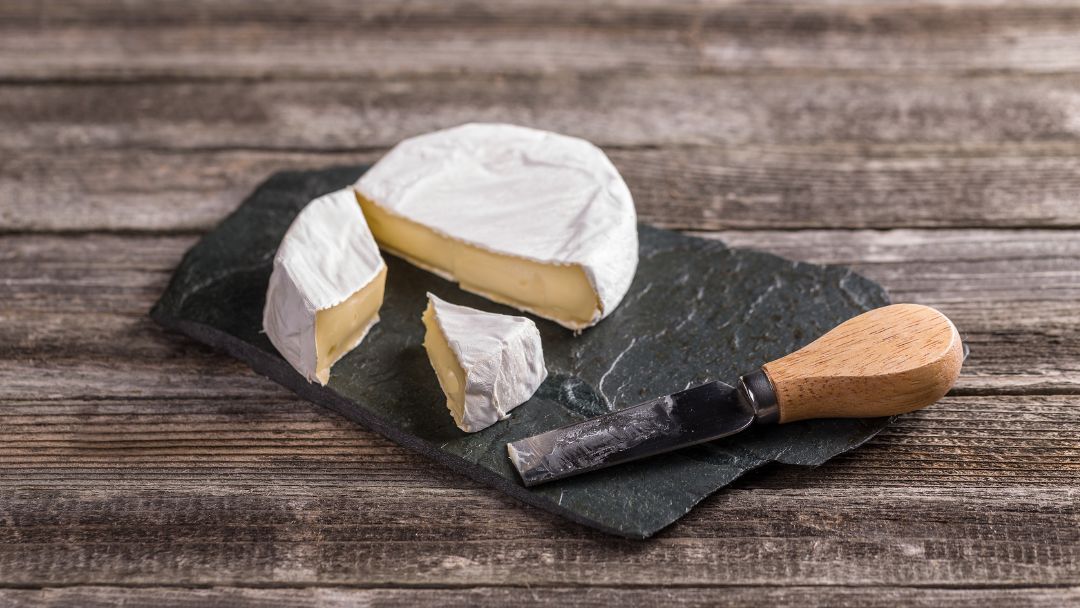
Yes, moose cheese is real, and it’s as rare as it sounds. Made in Sweden, this cheese comes from moose milk, which is notoriously difficult to collect. But the result is worth the effort: a soft, velvety cheese with a flavor that’s hard to compare to anything else. Because of the challenges in production, moose cheese is produced in very limited quantities, making it a luxury few get to try. It can cost as much as $1,000 per kilogram (about $455 per pound).
More Hidden Gems
There’s also Bitto Storico from Italy, aged for up to 10 years and packed with complex layers of flavor that develop over time. Cabrales from Spain is another stunner—made with mixed milk and aged in mountain caves for a bold, tangy finish. Even lesser-known versions of traditional cheeses can reach luxurious status thanks to expert techniques and rare ingredients.
What Makes These Cheeses Stand Out?
To get a clearer picture of what sets these cheeses apart, think about the key elements that make something truly luxurious: how rare it is, the complexity of its flavor, how visually striking it looks, the cultural story behind it, and how much care goes into making it. Each of these cheeses scores high in one way or another, and some hit the mark on all counts.
Explore The Visual Gourmet Cheese Mindmap
Want to see how it all connects? The visual mindmap below breaks down the different milk sources, regional roots, and production techniques behind these fancy cheeses. It’s a fun way to understand the craft and creativity that go into every bite.

Love a good play on words? These tasty food puns serve up the perfect mix of humor and flavor.
Cheese Spotlight: A Quick Comparison
Curious how these luxurious cheeses stack up against each other? Here’s a handy breakdown that shows where they come from, what kind of milk they’re made with, how they’re produced, and what makes each one so special.
| Cheese Name | Origin | Milk Source | Key Production Method | Unique Feature |
|---|---|---|---|---|
| Pule Cheese | Serbia | Balkan Donkey | Hand milking, smoking process | World’s most expensive; extremely limited production |
| White Stilton Gold | United Kingdom | Cow | Infused with edible gold and flavorings | Luxury visual appeal; creamy and aromatic |
| Époisses de Bourgogne | France | Cow | Washed with Marc de Bourgogne | Pungent aroma with soft, rich flavor |
| Caciocavallo Podolico | Italy | Podolica Cow | Aged, traditionally shaped | Nutty flavor; rare cattle breed; teardrop shape |
| Moose Cheese | Sweden | Moose | Milking challenges; artisanal methods | Soft, velvety texture; extremely rare |
Creating the Perfect Luxury Cheese Board
A luxury cheese board isn’t just a snack it’s a statement. It’s your chance to showcase the rare textures, rich aromas, and bold personalities of the world’s most luxurious cheeses. Here’s how to build one that impresses without overcomplicating the process.
Choose the Right Additions
The right extras don’t just fill the space—they balance and elevate the cheese. Here are some smart pairings to round out your board:
- Fresh fruit: Grapes, figs, or slices of pear add natural sweetness and contrast beautifully with bold or salty cheeses.
- Crunchy elements: Roasted almonds or hazelnuts add texture and a nutty flavor that plays well with creamy varieties.
- Something sweet: A light drizzle of honey or a spoon of fruit preserve can mellow out strong cheeses and add depth.
- Cured meats: Thin slices of prosciutto or artisanal salami bring a savory edge that complements rich cheeses.
Tools That Make It Beautiful (and Practical)
Using the right tools makes your board look polished and keeps things easy for guests. You don’t need a lot—just the essentials:
- Cheese knives: Different shapes are designed for different textures. One for soft, one for hard, and you’re good to go.
- Picks or skewers: Great for bite-sized servings, especially when paired with fruit or charcuterie.
- Graters: Use a fine grater to shave aged cheese over fruit or crackers for a gourmet touch.
- Serving board: Wood or stone boards work best—they hold temperature well and look elegant on any table.
Presentation Tips
The way you arrange your cheese board matters just as much as what’s on it. A few thoughtful details can elevate the whole experience:
- Space it out: Give each cheese room to breathe so flavors don’t mix and textures stay distinct.
- Label it: Little signs or tags help guests know what they’re trying—and keep the more adventurous options from being ignored.
- Serve at room temperature: Let your cheeses sit out for 30–45 minutes before serving. That’s when the flavors really come alive.
Whether it’s a quiet night in or a special gathering, building a luxury cheese board is all about showing off the best without going over the top. Just great cheese, great pairings, and a little bit of intention.
Want to See It in Action?
If you’re curious how some of the world’s most exclusive cheeses are made, don’t miss the video below. It offers a close-up look at the techniques, textures, and tasting experiences behind these gourmet gems. Perfect if you’re craving a behind-the-scenes peek at what makes these cheeses truly luxurious.
Watch: The World’s Most Expensive Cheeses
Final Thoughts
From rare milk sources to artisanal techniques, the most luxurious cheeses offer more than just great taste; they deliver a full gourmet experience. Want to take it a step further? Check out our guide to the best wine and cheese pairings for the perfect match.
FAQs
What makes a cheese “luxurious”?
It usually comes down to a mix of rarity, craftsmanship, and flavor. Luxurious cheeses are often made in small batches using special milk sources like donkeys or moose. They’re aged with care, sometimes enhanced with high-end ingredients like gold or truffle, and packed with flavor that reflects the skill and tradition behind them.
Can luxurious cheeses be stored like regular cheese?
Not always. Many require specific humidity and temperature levels—ideally in a cheese cave or a well-regulated fridge drawer.
Why use uncommon milk sources?
Milk from animals like donkeys or moose is incredibly hard to come by, making the cheeses from them extra rare. These unusual milk sources also bring unique textures and flavors you won’t find in your average cow or goat cheese, adding to their exclusivity and gourmet appeal.
Do luxurious cheeses pair better with wine or other drinks?
Yes, but pairing depends on the cheese. For example, bold cheeses like Époisses pair well with sweet wines or dark beer.
Are there vegan versions of luxurious cheeses?
While rare, some artisan producers are crafting plant-based cheeses with truffle oil, aged cultures, or nuts to mimic gourmet profiles.
Are there lactose-free luxurious cheeses?
Some aged cheeses like Parmesan and certain goudas are naturally low in lactose, but always check with the producer for specifics.


